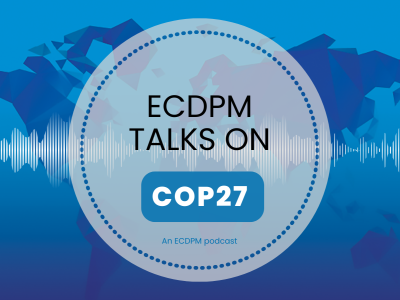
Capacity building for decentralised education service delivery in Pakistan
A case study prepared for the project ‘Capacity, Change and Performance’ organised by ECDPM.
Pakistan is classified by the World Bank as a low income country with a GNP per capita of $410, and a Human Development Index ranking of 144 out of 175 countries. Only 1.8% of GDP is spent on education (1998-2000), which amounts to 7.8% of the budget. The average literacy rate is 44%, but this disguises the fact that only half as many women are literate as men. Its primary completion rate is 59%, but the female enrolment rate is only 74% of that of boys, and much lower in rural areas. Overall, it is one of the world's worst performing countries in terms of education coverage and outcomes. As a result of state neglect of education, the private sector has filled the gap. In Punjab, while there are 63,000 state schools, there are now estimated to be between 18,400 and 55,000 private schools.



